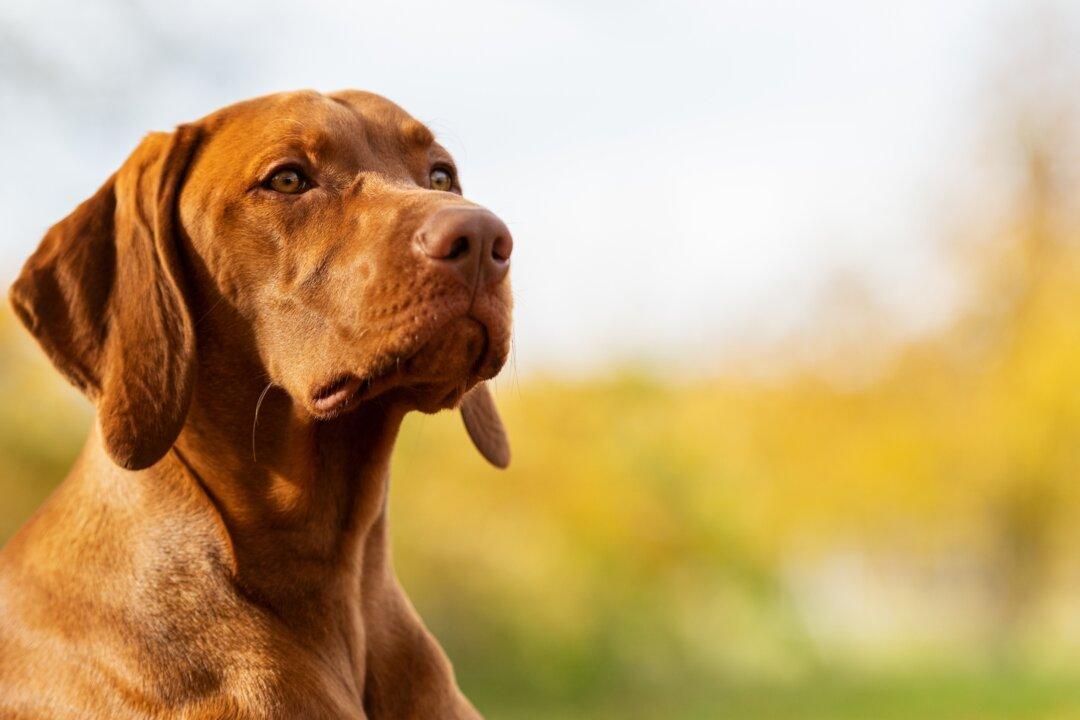This coat pattern occurs because of the distribution of melanocytes, cells that contain a pigment called melanin that produces color.
When the developing cat is just an embryo, still a tiny round ball, the melanocytes congregate on the outer surface, where the skin and fur will form, along what will become the kitten’s spine.
As the embryo develops, the melanocytes migrate down along the outside surface of the sphere toward what will be the kitten’s belly and feet.
If the melanocytes divide quickly, enough of them reach the kitten’s underside to produce color there. However, if the pigment cells divide slowly and don’t migrate the full distance, the cat’s belly will be devoid of pigment and appear white.
Most of the passed gas is odorless. However, some that is produced by bacteria in the large intestine contains hydrogen sulfide, which smells like rotten eggs.
Flatulence is treated in many ways, depending on the cause.
For example, bulldogs and other breeds with flat faces swallow air when they eat because they have trouble breathing through their noses. Dogs that wolf down their meals also swallow air.
If that sounds like Jingles, you can slow his eating if you put kibble in a food puzzle, feed him using a Brake-Fast or similar bowl that has obstructions he must eat around, or upend a bowl in the center of a cookie sheet so he has to eat around the bowl.
In addition, try feeding multiple small meals each day instead of a single large meal.
Stop feeding table scraps and other foods that commonly cause flatulence, such as soy, peas, and fruit. Don’t give Jingles milk, yogurt, cheese, or other lactose-containing foods. Avoid carrageenan, an ingredient that enhances the texture of canned food.
Most flatulence results when carbohydrates that aren’t broken down by the dog’s digestive enzymes are carried down into the large intestine, where they are fermented and digested by the gas-producing bacteria there.
To determine whether undigested carbohydrates play a role in Jingles’s flatulence, feed him only white rice and water for about a week. Rice doesn’t produce gas, so if his flatulence decreases, you'll know his diet is part of the problem.
Then, gradually transition to a diet in which rice is the primary carbohydrate, or ask your veterinarian to recommend a low-residue diet. Such diets contain highly digestible ingredients that are fully broken down by the dog’s digestive enzymes, leaving minimal residue for the gas-producing bacteria in the large intestine.
Research shows that flatulence is also significantly reduced in dogs that take probiotics, the beneficial bacteria that keep renegade bacteria in check. So consider giving Jingles a veterinary probiotic, such as FortiFlora, Prostora, or Proviable.
Finally, dogs with intestinal parasites and gastrointestinal disorders that affect nutrient absorption often produce excess gas. So if these recommendations don’t allow you to remove the clothespin from your nose, make an appointment to have your veterinarian evaluate Jingles.





